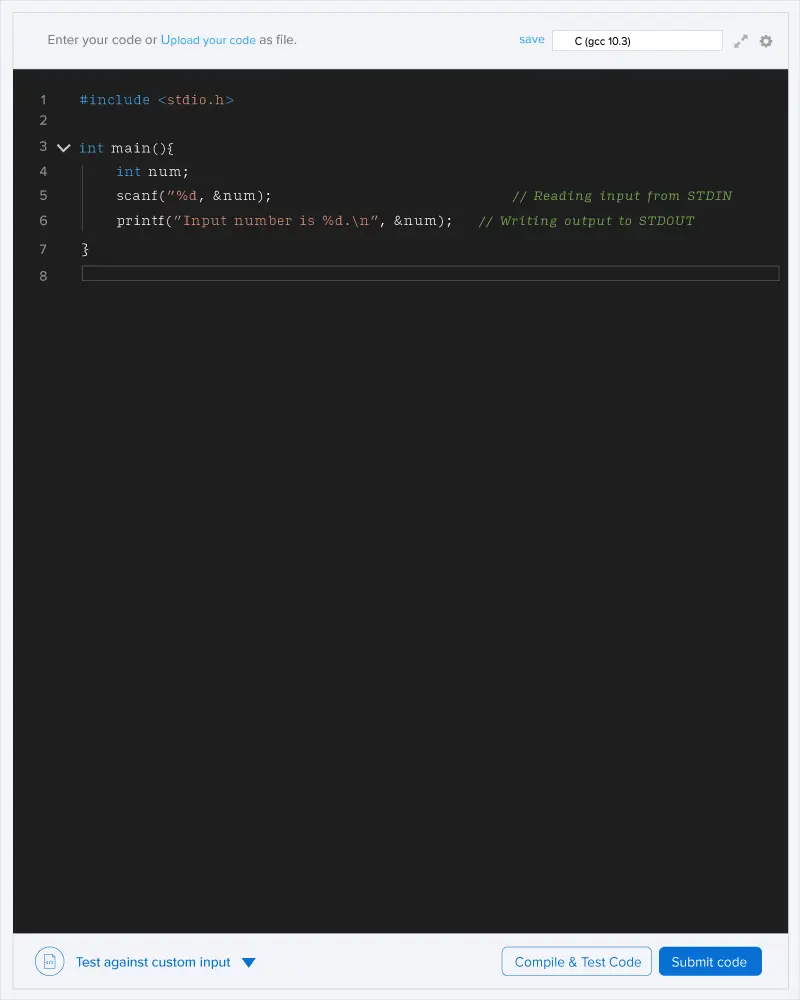You are given two arrays, \(A\) and \(B\) of length \(N\). In one operation, you can swap \(A[i]\) and \(B[i]\). Find the maximum sum of \(A\) after performing at most \(K\) operations.
Input format
- The first line contains an integer \(T\), denoting the number of test cases.
- The first line of each test case contains two integers, \(N\) and \(K\).
- The second line of each test case contains \(N\) space-separated integers, elements of array \(A\).
- The third line of each test case contains \(N\) space-separated integers, elements of array \(B\).
Output format
For each test case, print the maximum sum of \(A\) after performing at most \(K\) operations in a new line.
Constraints
\(1 \leq T \leq 10 \\ 1 \leq K \leq N \leq 10^5 \\ 0 \leq A[i], B[i] \leq 10^3\)
For test case \(1\): We can perform the operations at indexes 2, 4, and 5 (1-based indexing). \(A\) becomes \([1, 4, 1, 6, 5].\) Hence, the answer is \(17\).
For test case \(2\): We can perform the operations at index 1 (1-based indexing). \(A\) becomes \([3, 5, 1]\). Hence, the answer is \(9\).

